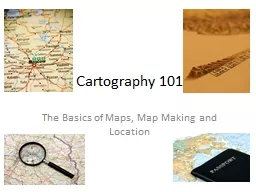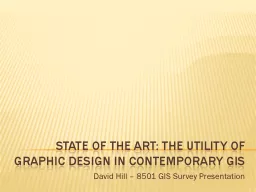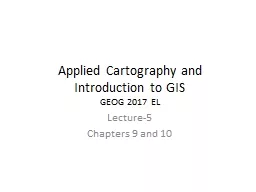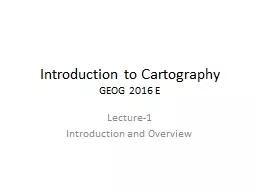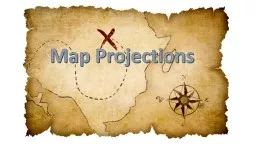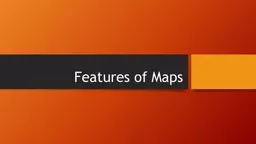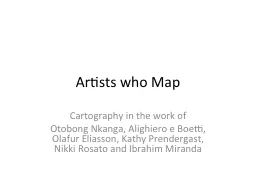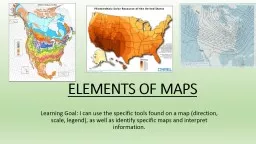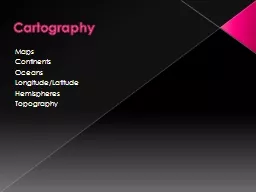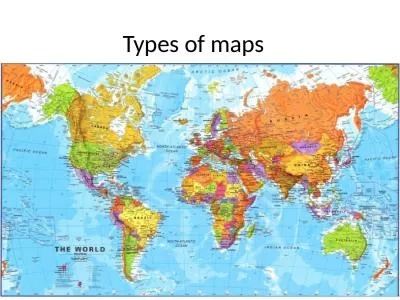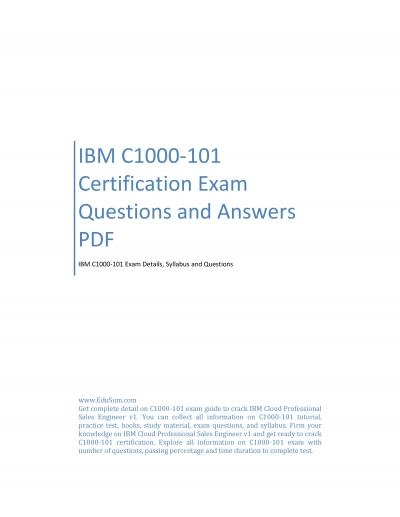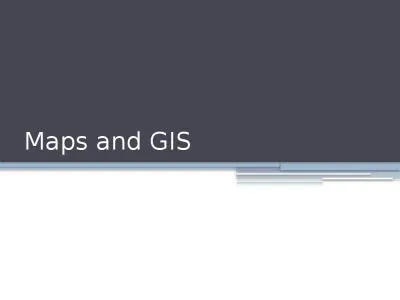PPT-Cartography 101 The Basics of Maps, Map Making and Location
Author : tawny-fly | Published Date : 2018-12-21
Map Basics All quality maps have the following Basic Traits Title gives the map purpose and thematic focus Compass gives cardinal directions amp orientation KeyLegend
Presentation Embed Code
Download Presentation
Download Presentation The PPT/PDF document "Cartography 101 The Basics of Maps, Map ..." is the property of its rightful owner. Permission is granted to download and print the materials on this website for personal, non-commercial use only, and to display it on your personal computer provided you do not modify the materials and that you retain all copyright notices contained in the materials. By downloading content from our website, you accept the terms of this agreement.
Cartography 101 The Basics of Maps, Map Making and Location: Transcript
Download Rules Of Document
"Cartography 101 The Basics of Maps, Map Making and Location"The content belongs to its owner. You may download and print it for personal use, without modification, and keep all copyright notices. By downloading, you agree to these terms.
Related Documents

